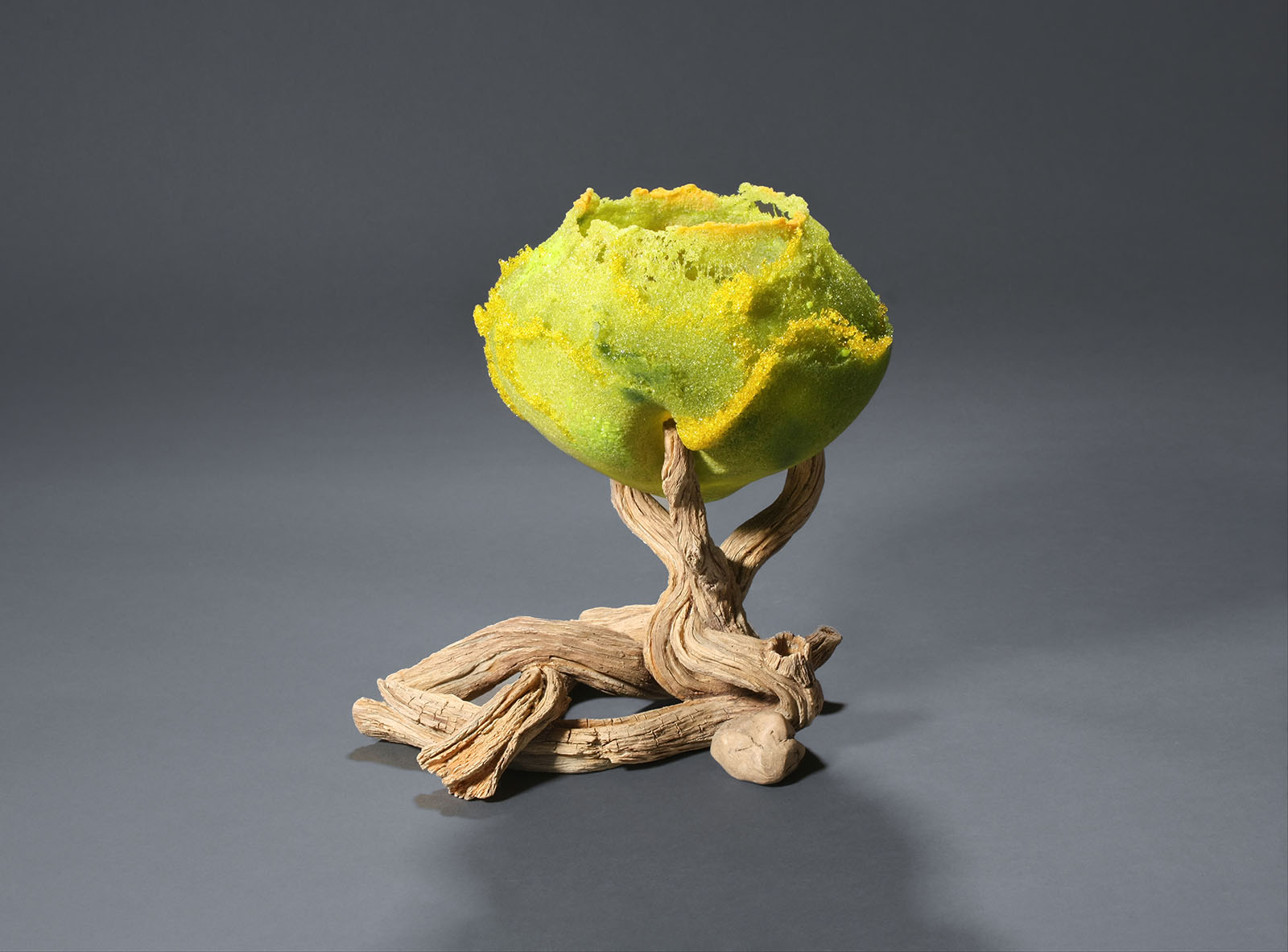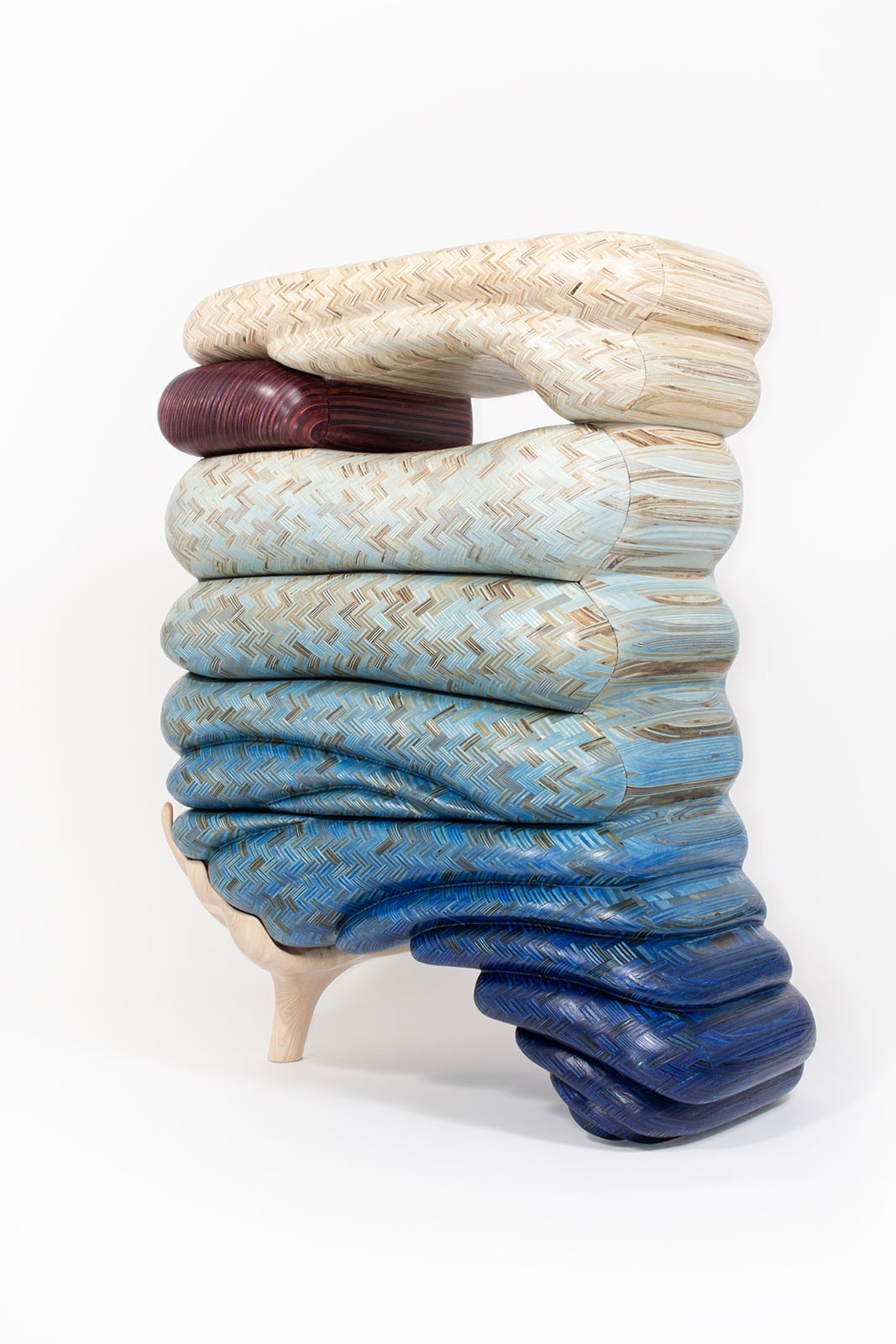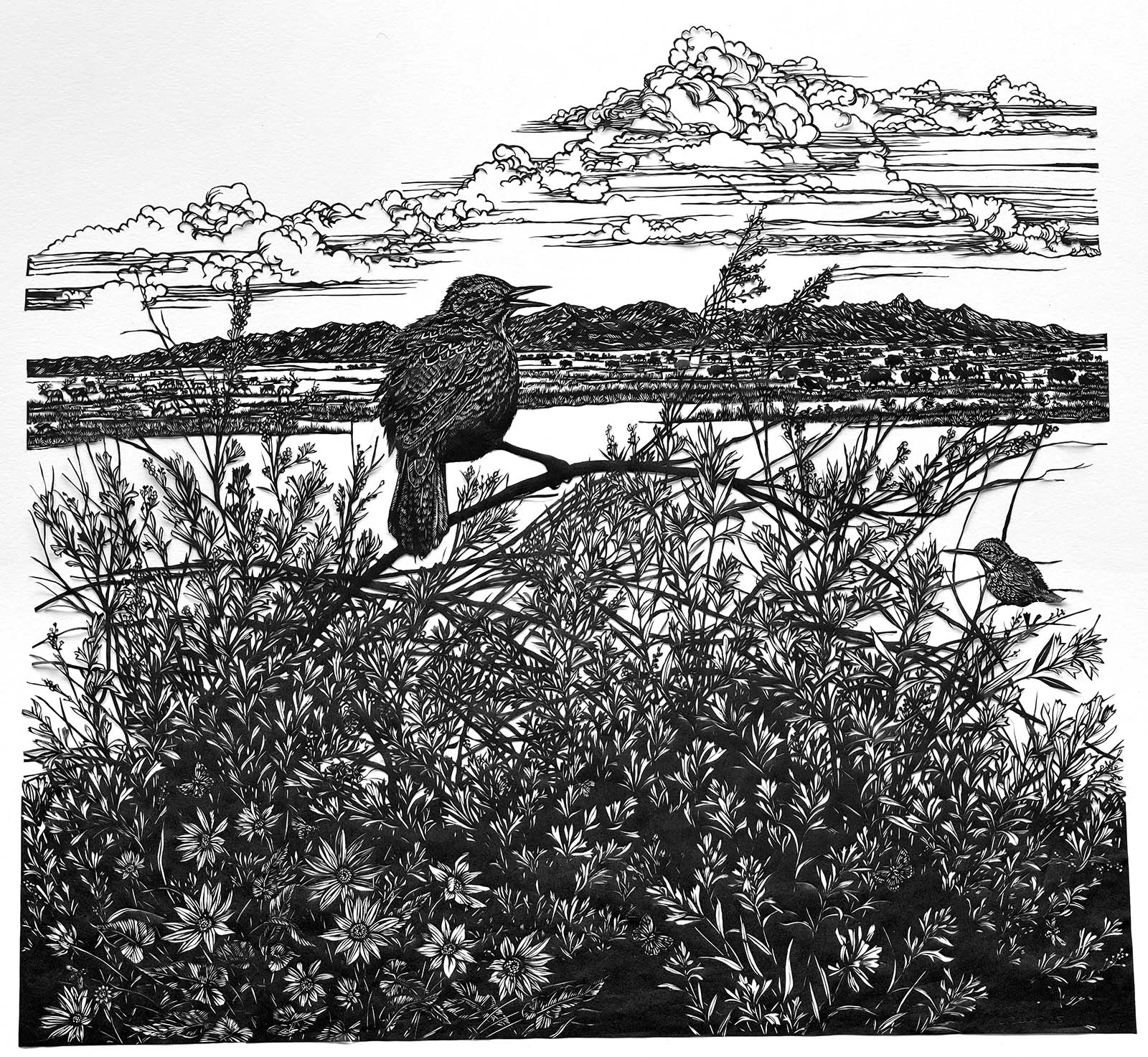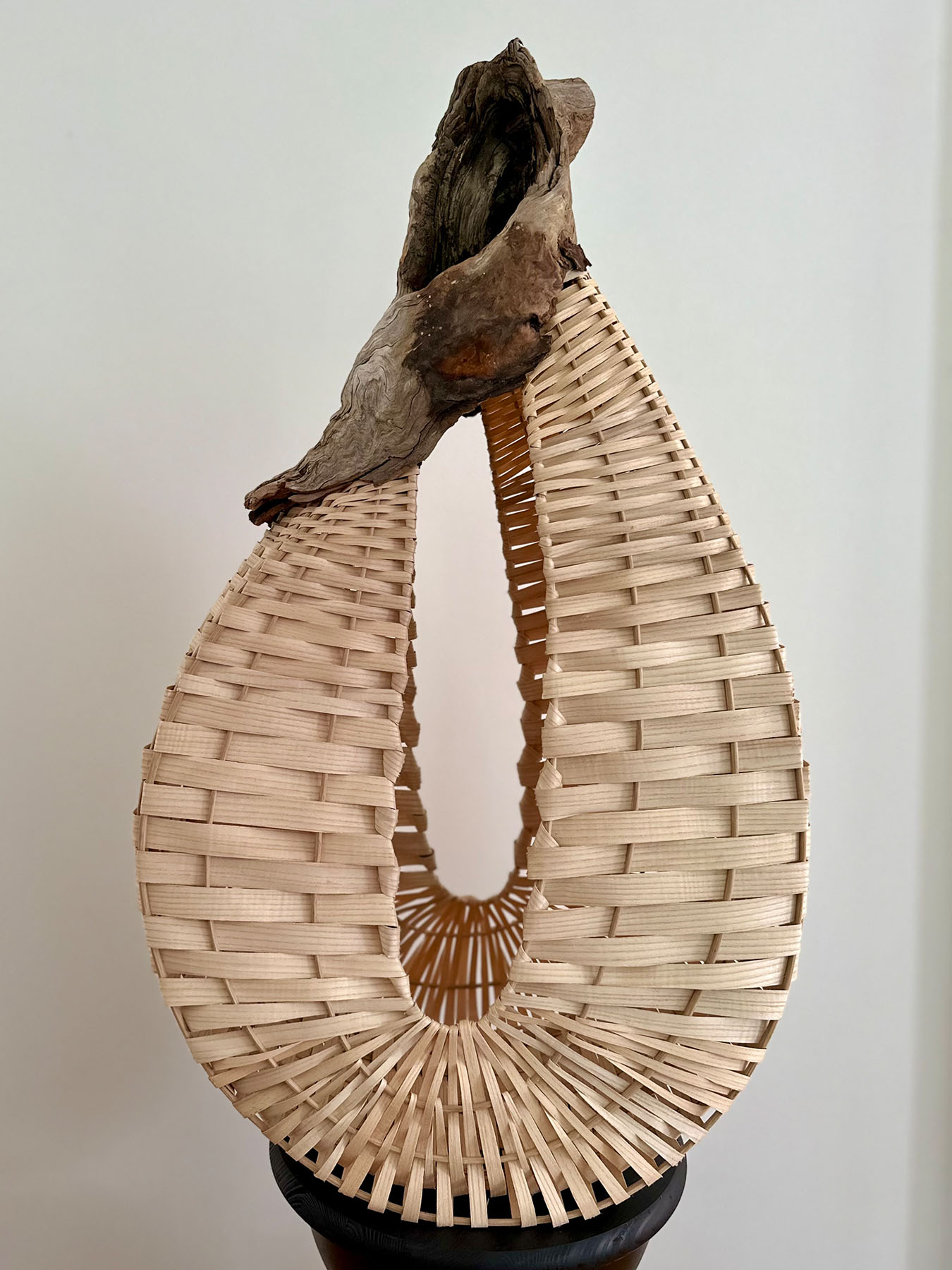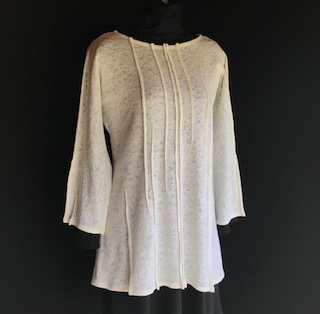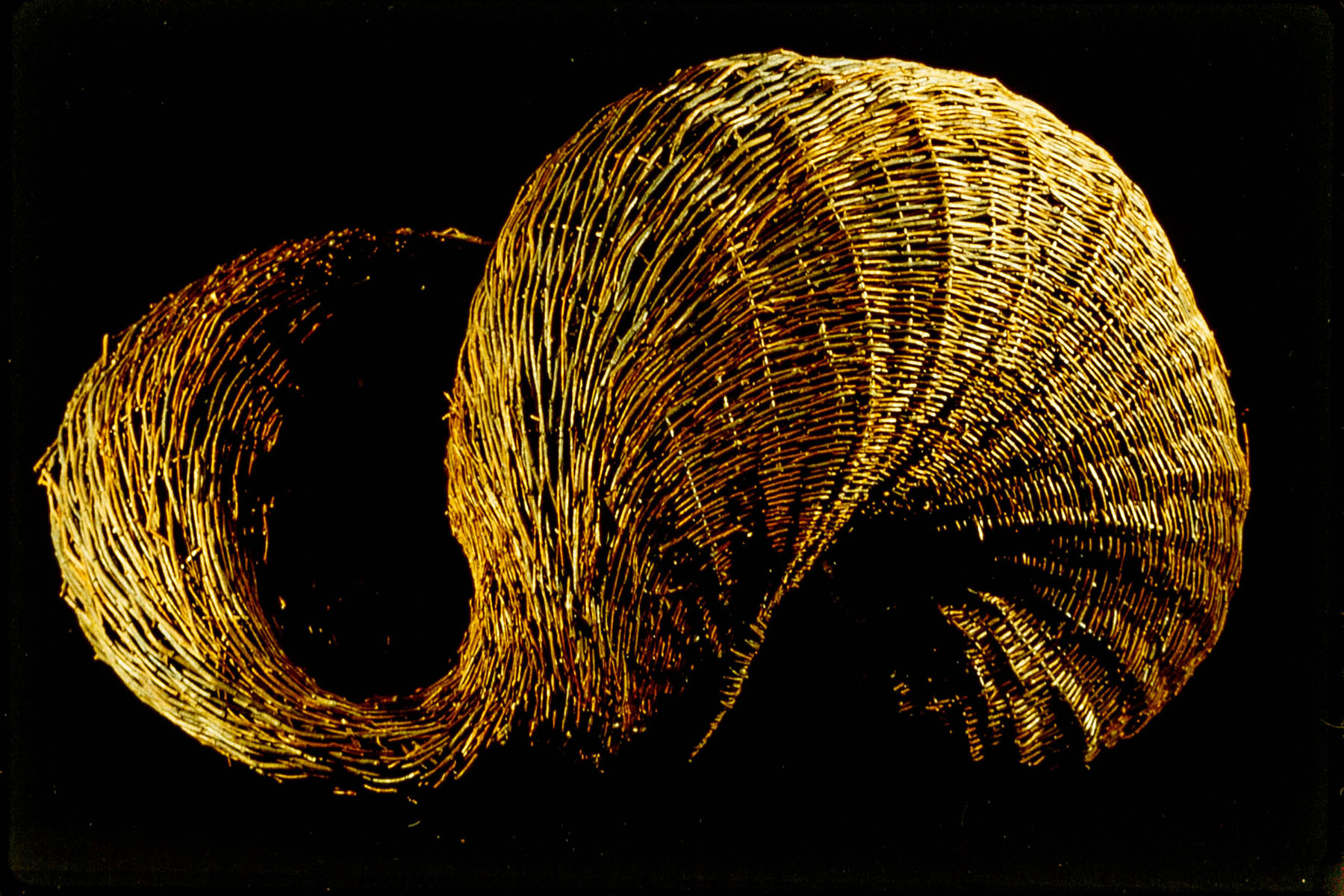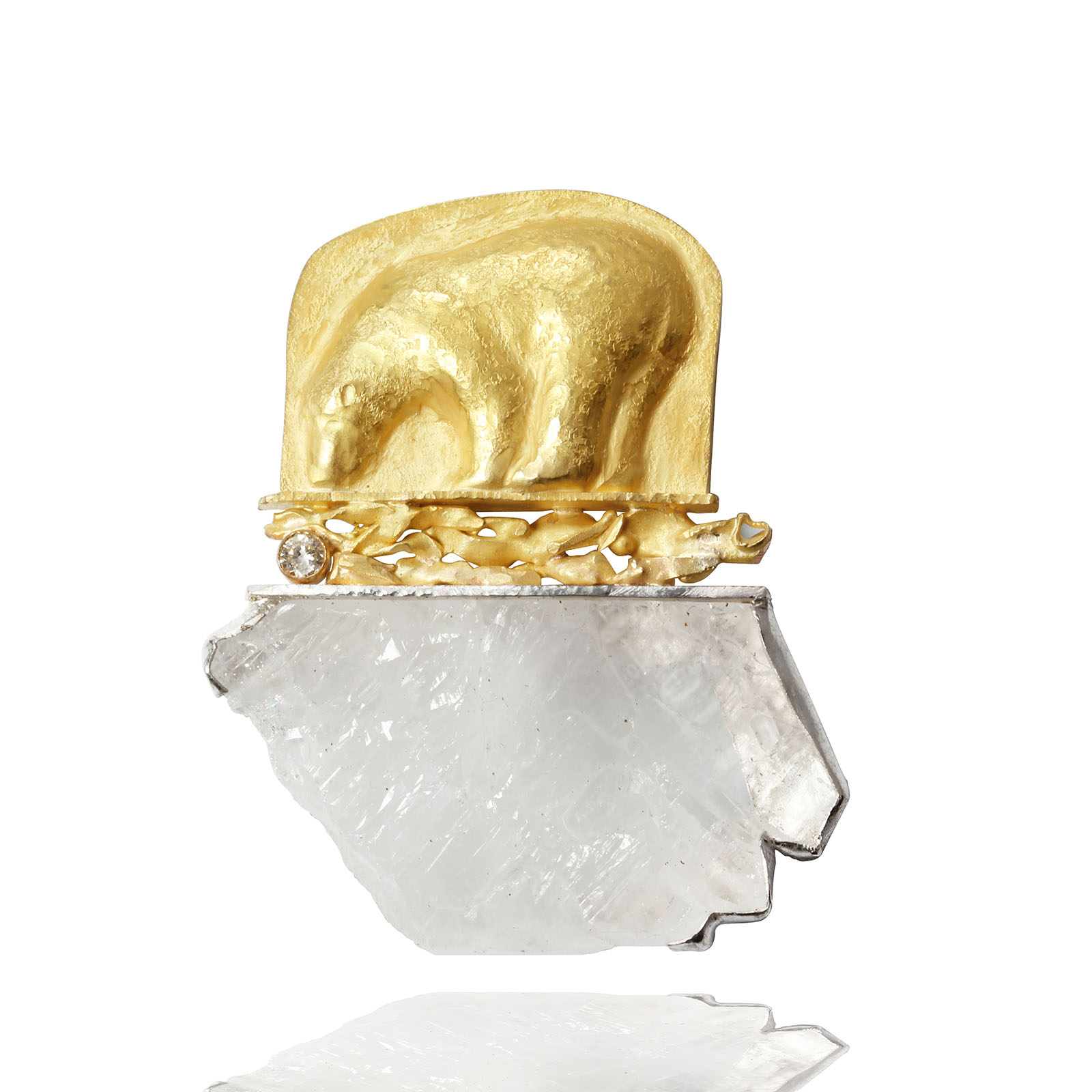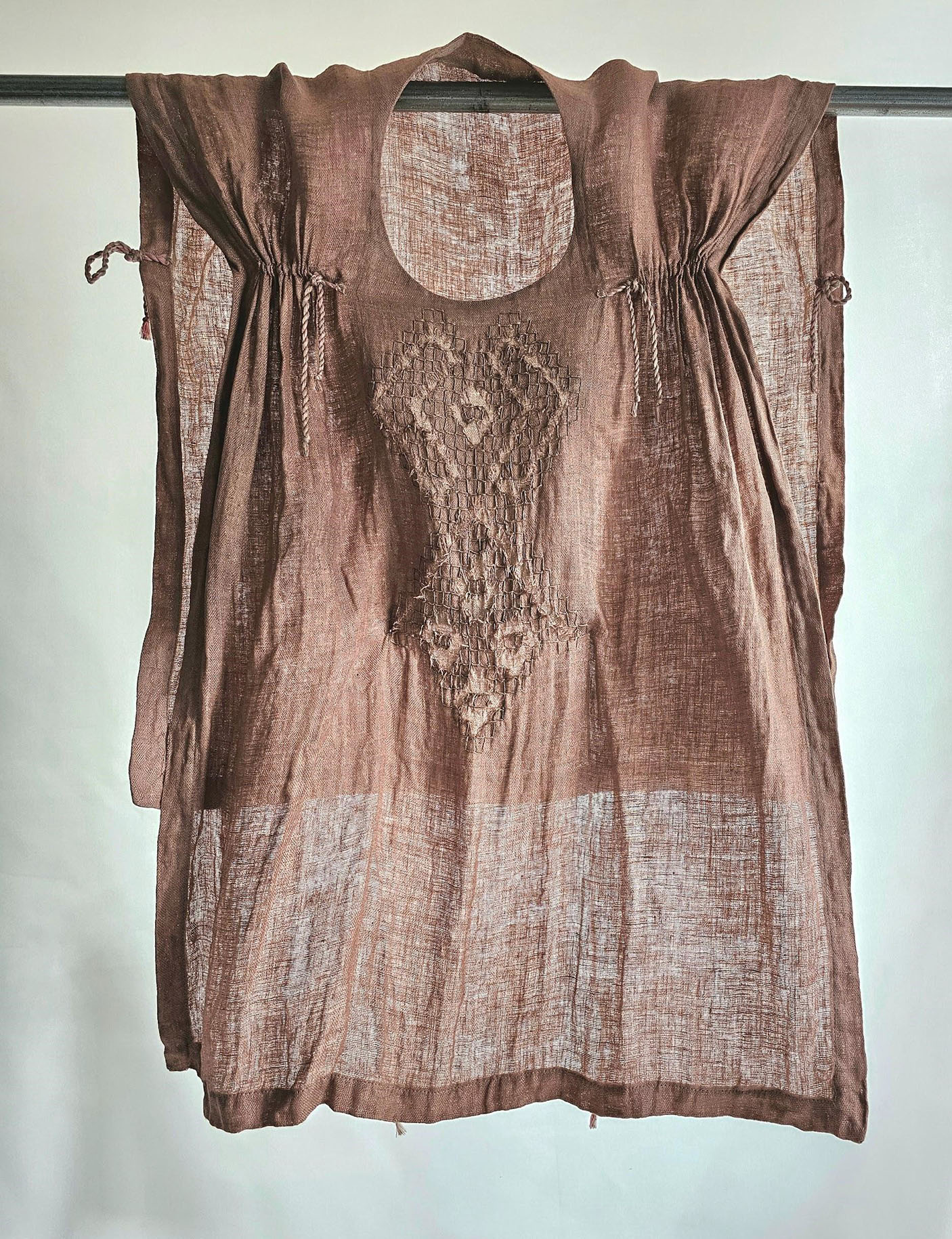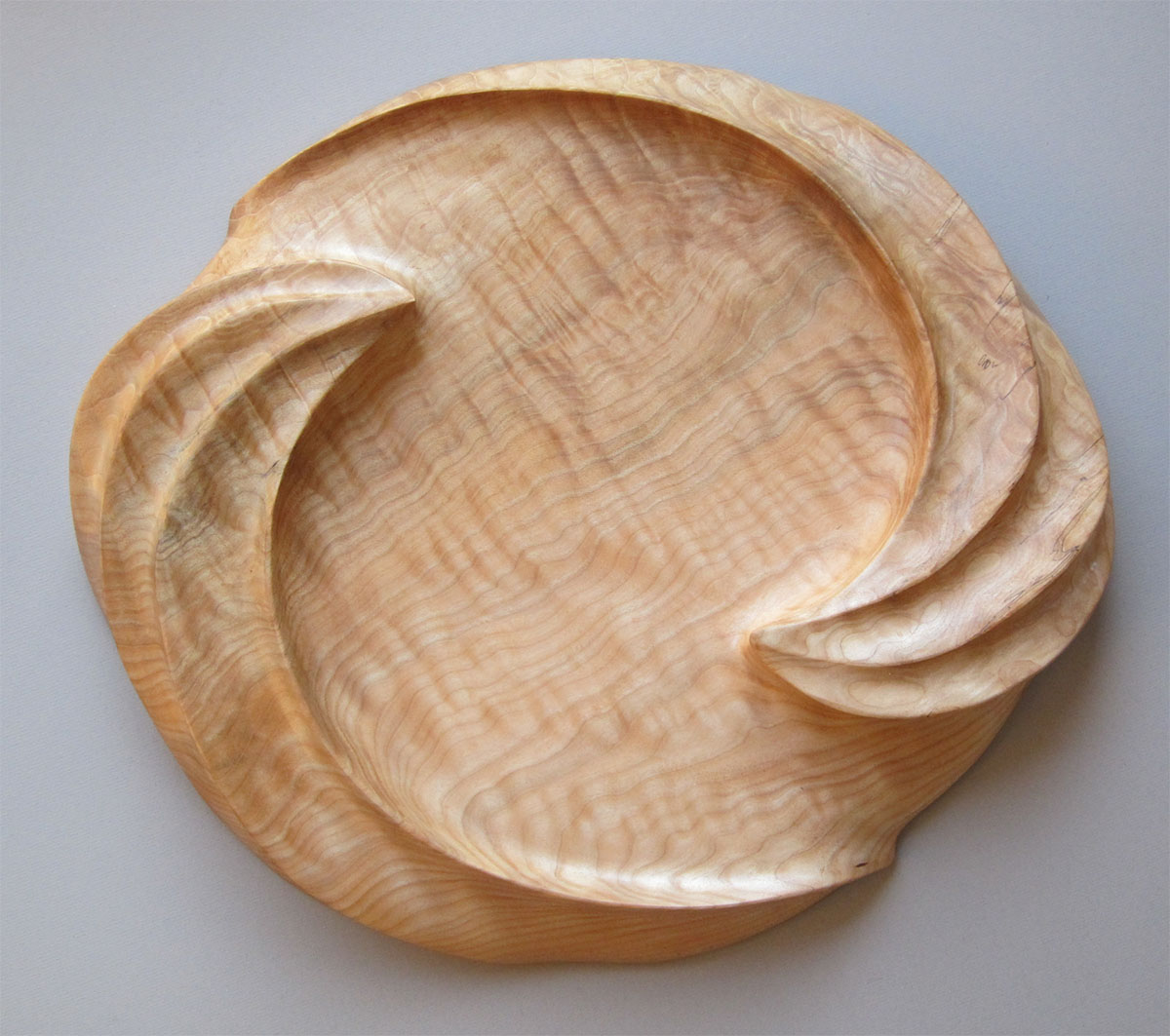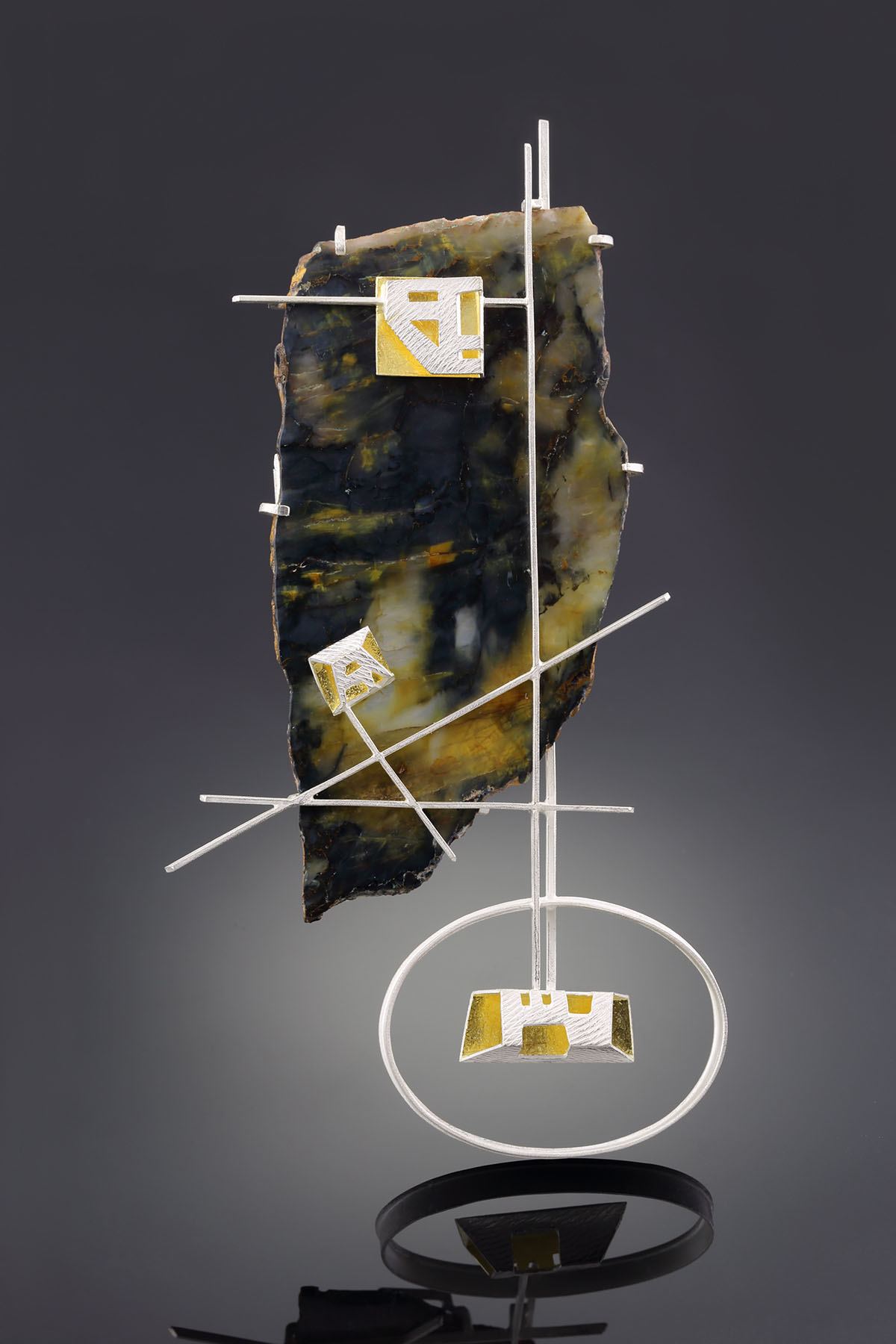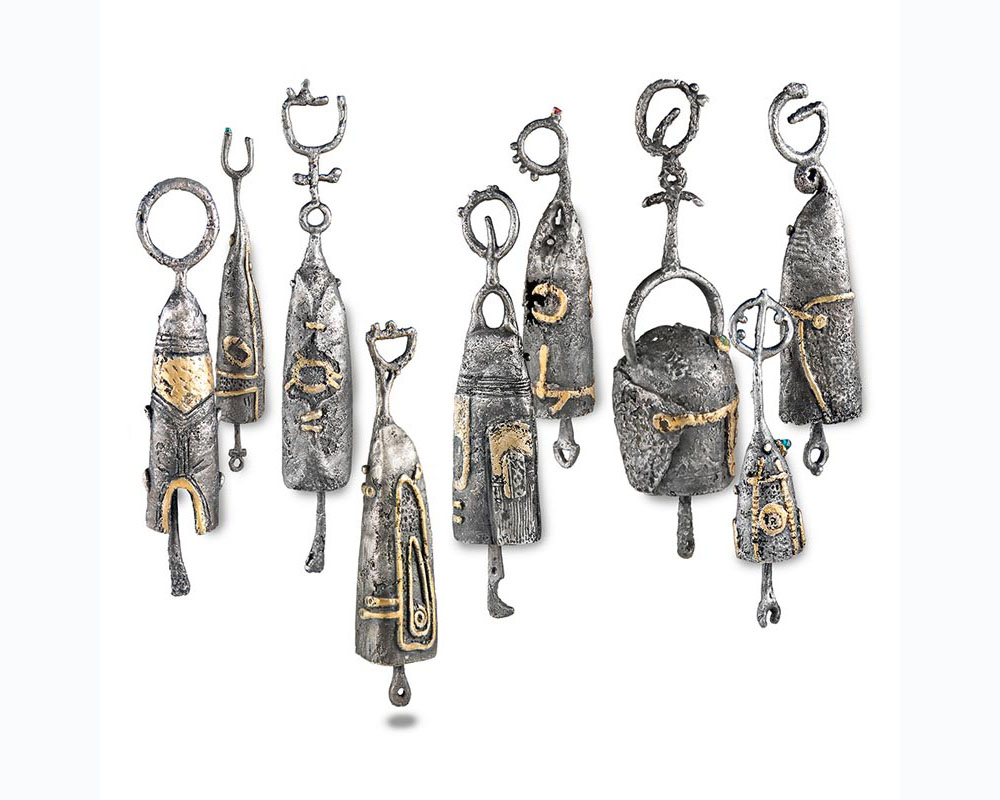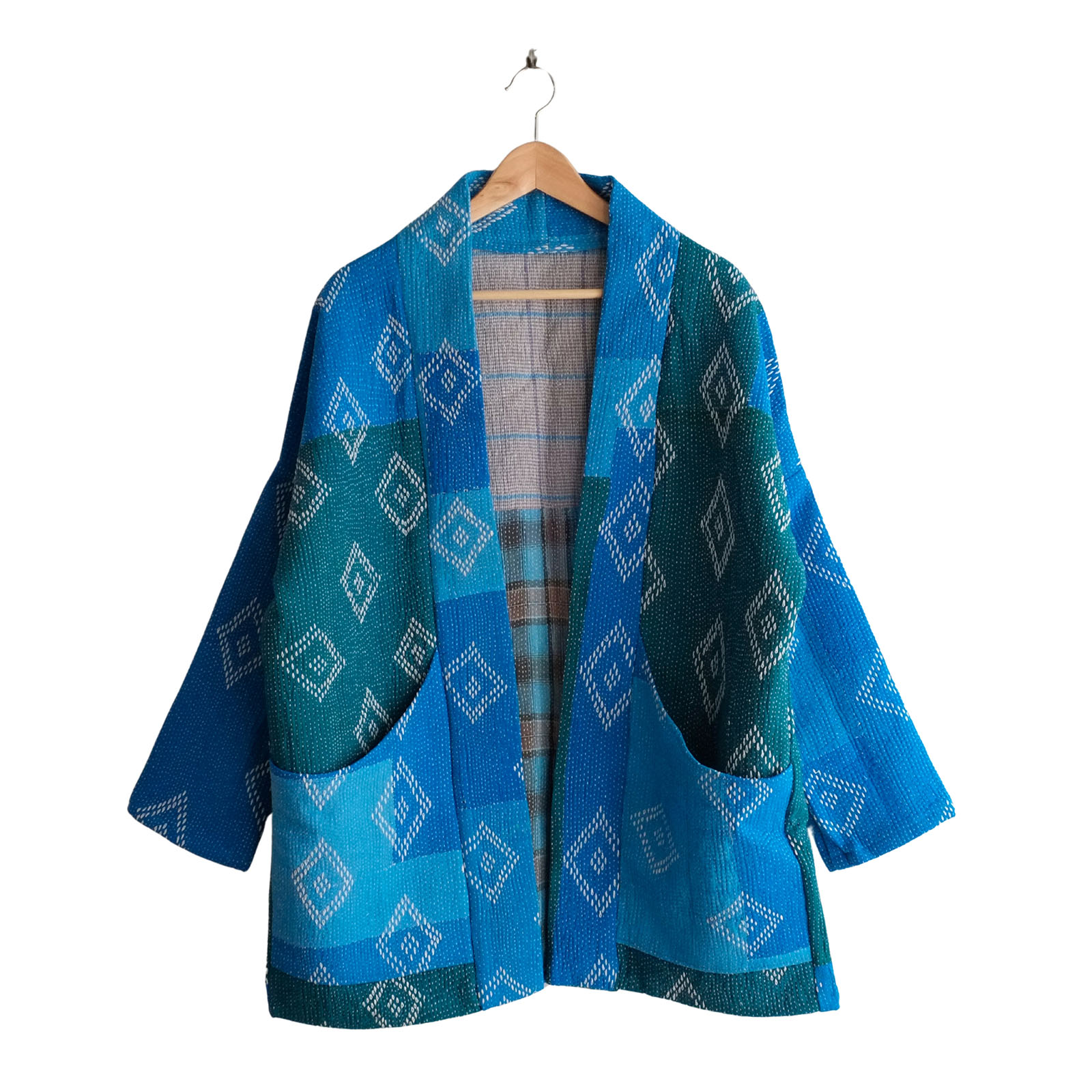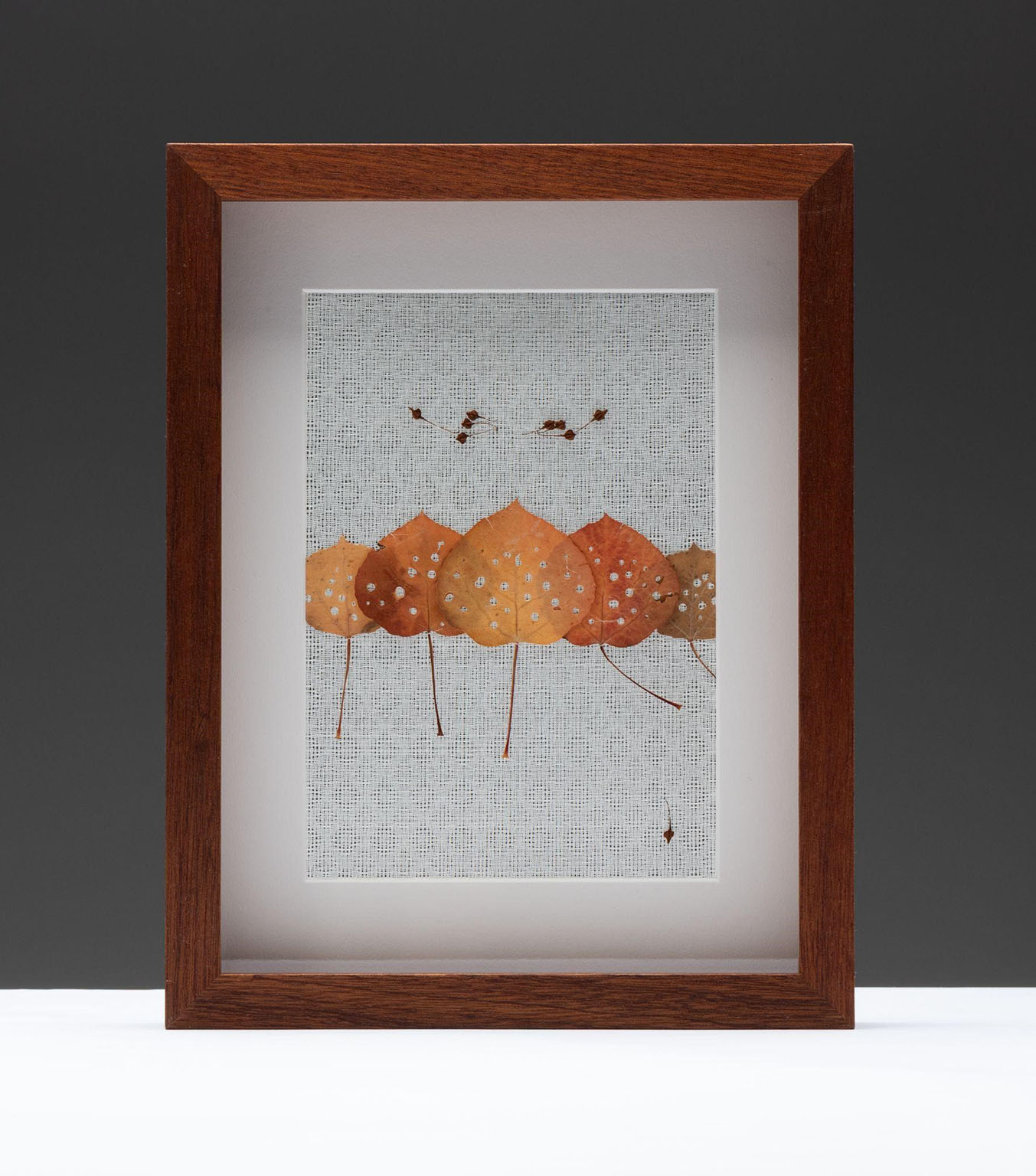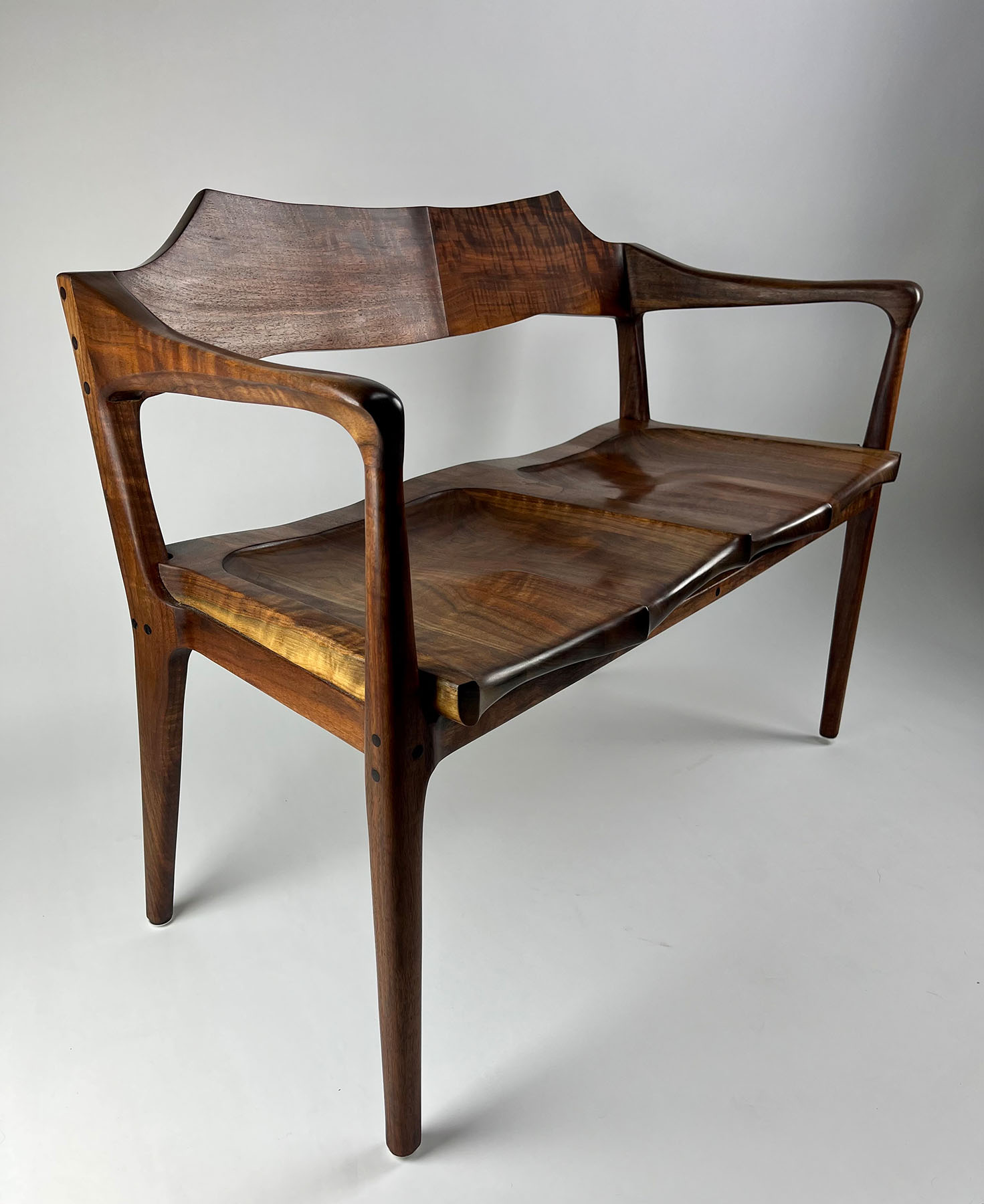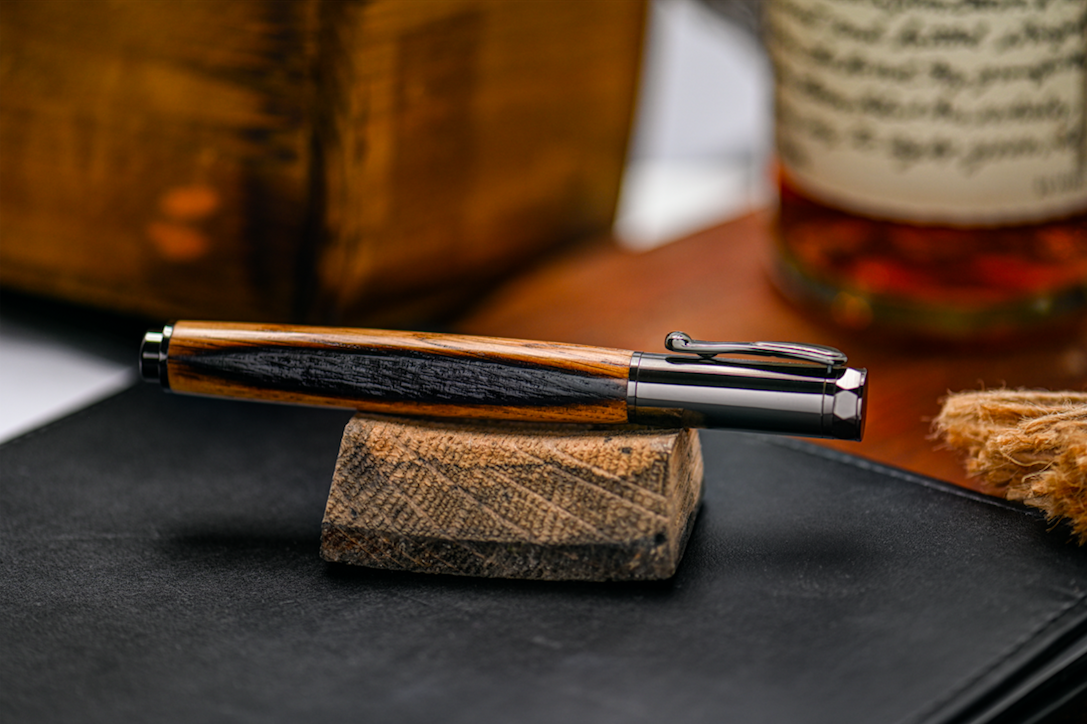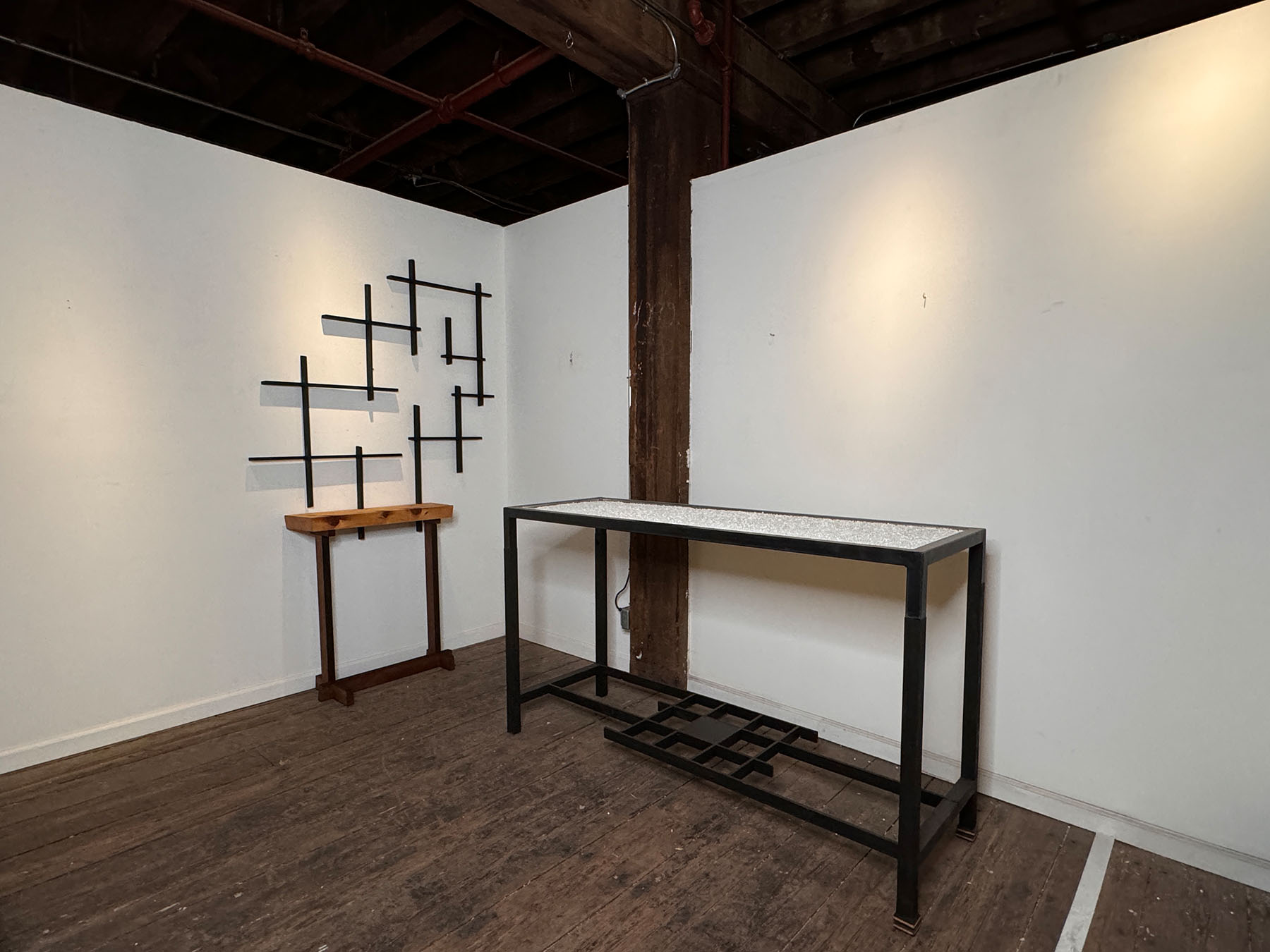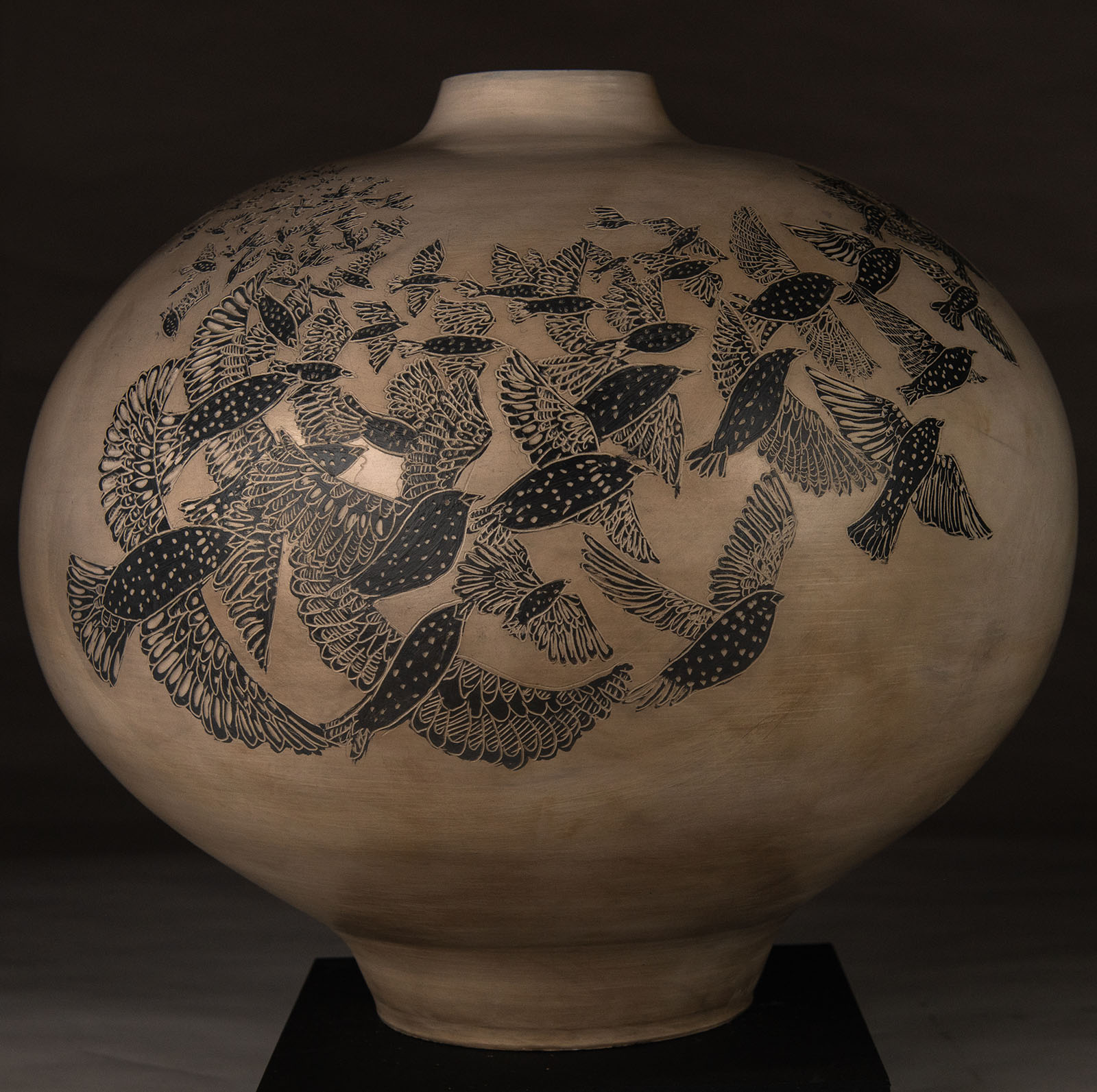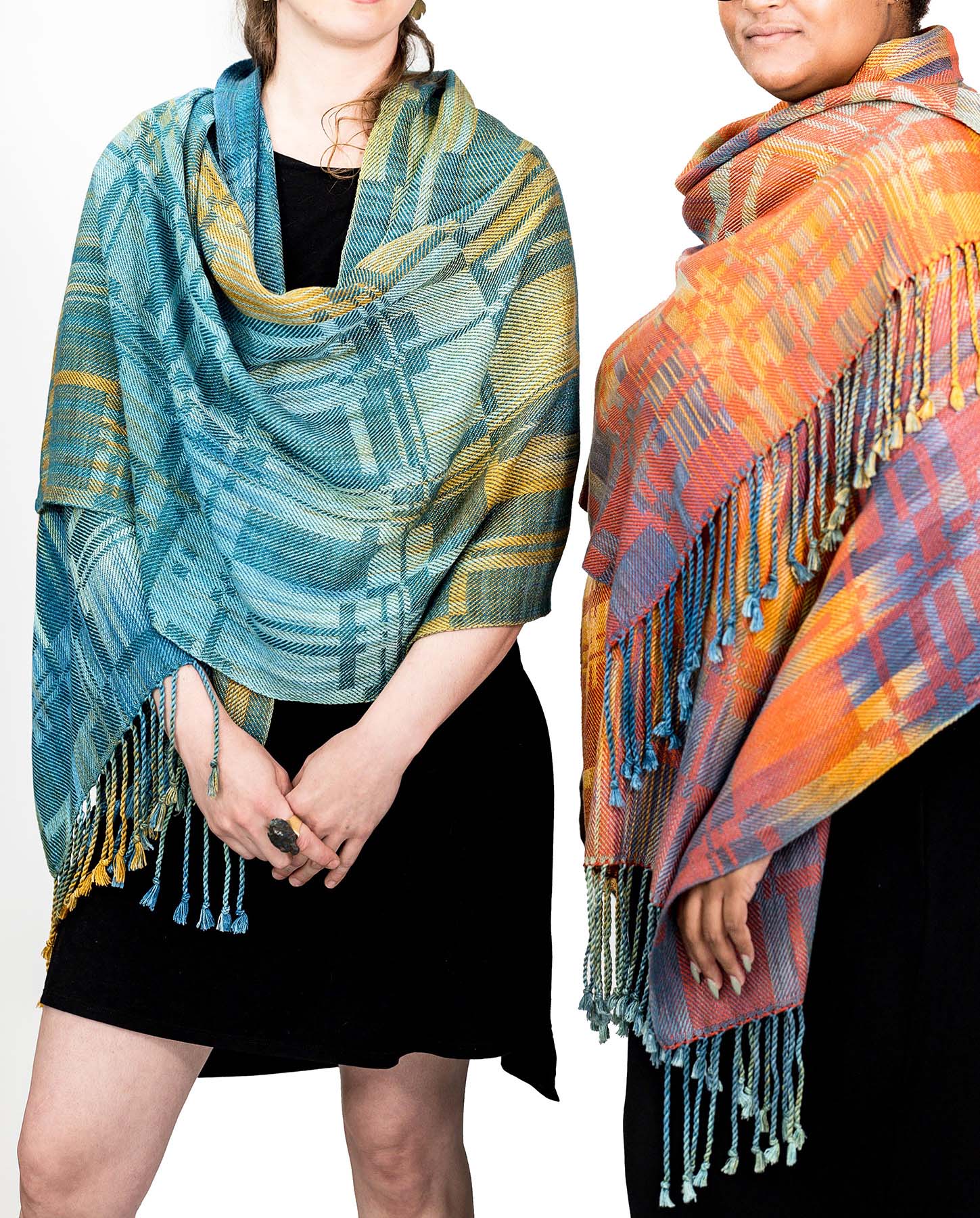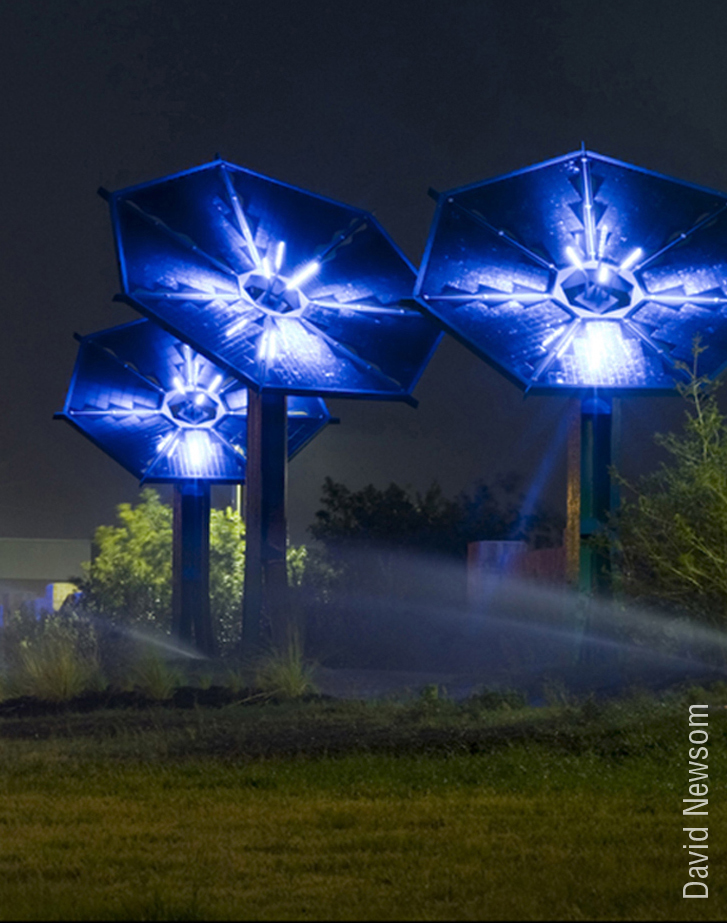The esteemed Smithsonian Craft Show returns to the National Building Museum April 23-27, 2025. Widely regarded at the most prestigious juried show and sale of American fine craft, the Smithsonian Craft Show, now in its 43rd year, will feature the work of 120 artists. Twenty-four of the exhibitors applied for the Honoring the Future Sustainability Award. The award, which comes with a $1,000 prize, continues a tradition begun in 2015 to honor pioneering craft artists who point the way to a more sustainable future.
Innovative artist and educator Wendy Maruyama, the 2024 recipient of the American Craft Council’s Gold Medal for Consummate Craftsmanship, is serving as judge of the award.
This year’s show celebrates artists’ vision – and the 24 artists applying for this award excelled in creativity, craftsmanship, and vision.
“Our generation is being called to meet a climate challenge,” observes Fran Dubrowski, Director of Honoring the Future. “We need to act wisely, quickly, and effectively to ensure a livable future for our children, grandchildren, and generations to come. These 24 talented artists, all masters of their craft, offer a vision for embracing that challenge with creativity, beauty and commitment.”

Leah Evans – Decorative Fiber
Vicki Essig offers perspective, reflecting on her personal encounter with climate devastation: “I live in Mitchell County, North Carolina. My neighborhood was devastated by Hurricane Helene. We lost lives, homes, 50% of our trees, rivers, roads, animal habitats, our way of life. My work depends on what I discover in the woods. Now, more than ever I am aware of the tragedy of climate change. While enjoying my work, please be reminded.”
Wasting no time, Rainy Lehrman began by rethinking the exhibition space itself. To design her booth, she used recycled and sustainably sourced materials – Yellow and Red Cedar from an old Brooklyn water tower, American Linden (milled in a city pilot program to divert usuable material from landfills), and a found metal base – as well as invasive European water chestnuts. She embraced the opportunity to “highlight the need to educate the public on our changing environment and the stewardship that comes with being a crafts person in America.”

Collectively, these artists utilized five strategies for addressing sustainability:
Modeling greater respect for nature:
- Eric Serritella’s mixed media sculptures reveal “how nature maintains its splendor with tenacity and triumphs of existence despite human disregard…. Anthropomorphic elements and vessel forms link humanity as timelessly inseparable from our surroundings.” Serritella hopes his sculptures inspire us “to walk with softer steps” on our earth.
- Lucrezia Bieler uses only a simple pair of scissors and a single sheet of black paper to create each of her exquisitely complex papercuttings of flora and fauna. Though her approach requires enormous concentration (particularly as she nears completion of a piece), the material, process and finished artwork powerfully stress the delicacy, fragility, and interconnectedness of humans and nature.
- Jinbi Park draws inspiration from the ocean’s marvels. As coral reefs die from global warming, pollution, and overfishing, Park, a scuba diver, creates jewelry with reef-like motifs to share the splendor she observes on her dives with others who may never see a living reef. Park uses only recycled metal and ethically, sustainably-mined gemstones to advocate for nature instead of harming it.
- Michael Sorge crafts inspirational and functional sculptures from wood he has personally rescued and conscientiously harvested. Drawing on multi-cultural wisdom, both ancient and contemporary, he aims to awaken, inspire and uplift the potential within each of us to forge a responsible relationship with Nature.
- Liaung Chung Yen’s “View from Above” series depicts the harmonic coexistence between humans and nature. “The stone slab represents the natural environment, while the fabricated silver and gold structures represent man-made products/ human activities. The metal I use is also from fair-mine recycled silver and gold.”
- Aleksandra Vali’s “Sounds Through Time is a warning disguised as beauty—bells forged from recycled silver, echoing a future we’re already losing. Inspired by the myth of Atlantis, these imagined relics confront the harsh truth: civilizations vanish, often by their own hand. My work resurrects what we discard, challenging complacency and urging action.” Vali concludes: “Sustainability isn’t an option — it’s the only legacy worth leaving.”
Addressing catastrophic loss of biodiversity:
- Peter Petrochko’s hand carved faux ash wood tusks draw attention to the plight of elephants. His passionate message: “These wonderful, intelligent, and social beings have every right to live out their natural lives without being slaughtered by vain humans.”
- Jeweler Linda Kindler Priest sculpts images of endangered and vulnerable species in precious metal, creating an environment in stones for each. Her poignant figures include an endangered Rondo Dwarf “Holding On” to a branch for its existence and a vulnerable polar bear standing atop melting ice.
- Melissa Greene’s ceramics portray species endangered by ecosystem degradation. Feminine forms refer “to nurturing and interconnectedness”, drawing on archetypal symbolism to promote ecological awareness. Together, this imagery advocates for a more reverent and responsible relationship with the natural world.”
Offering eco-friendly alternatives to high-polluting “fast fashion”:
- Jacqueline Ossenfort promises visitors will find a surprise when they enter her booth: “The first thing you’ll notice about my work is how amazing it smells! I use vegetable-tanned cowhide leather sourced from tanneries using only natural tannins (like bark, seeds or roots) and processed without toxic chemicals. Every piece is a sustainable, rugged product sewn by hand that will last a lifetime, reducing waste and over-consuming.”
- Valerie Mayén at Yellowcake crafts handmade garments, empowering women and minorities in Cleveland and Chicago. “Our lifetime repair guarantee, buy-back program, and upcycled materials promote sustainability while reducing waste. By creating durable, custom-fit clothing from fabrics people love, we challenge fast fashion’s environmental toll and offer a more accessible, conscious approach to fashion.”
- Sydney Sogol weaves with Tencel – a sustainable fiber made from eucalyptus – in a low-waste, plastic-free studio. Inspired by birds (many of whom are now endangered by climate change), she highlights their beauty, fragility, and strength, using color and pattern to enable their stories to take flight. She considers each piece “an invitation to reconnect with the boundless beauty of nature.”
- Rona Chang at OTTO FINN transforms vintage kanthas into wearable art, “honoring the hands that stitched them, the stories they carry, and the places they come from.” Her jacket production yields garments and the seeds for more: scraps reimagined into accessories, iron-on patches, and mending bundles. “Each re-vision grants the fibers multiple lives. Through care and creativity, we encourage a more respectful and connected relationship with what we wear.”
- Reintsema Designs uses natural fibers and timeless designs, endeavoring to achieve “the least amount of discard” in constructing clothing. “Any cut-aways are repurposed either in our own work or donated to organizations for art/craft projects.”
- Vilma Mare operates “95% off the grid,” taking advantage of daylight, hand-stitching and washing, wind for drying, a wood stove for heat and silence to reduce energy consumption. She also reuses fabric leftovers and scraps for accessories and pillows.
Creatively repurposing local waste:
- Ryan Jones reuses bourbon industry waste: “In Kentucky, there are more bourbon barrels than people. We reclaim this excess — wood once destined for waste — and craft it into luxury pens. Each pen is a statement on sustainability, transforming discarded materials into lasting, functional art. Our process models how mindful reuse can reduce waste and inspire climate-conscious choices in everyday objects.”
- Trey Jones also reclaims local waste – the plywood trash from nearby cabinetry companies. Embracing plywood’s inherent irregularities, he transforms discarded offcuts into art that is beautiful, functional, enduring – and a surprising take on plywood!
- Nick Martier uses sustainable lumber whenever possible – and in southeast Pennsylvania, he’s rarely in short supply. His main supplier uses fallen trees from the area – often saving them directly from arborists’ wood chippers. Nick takes pride in knowing that “what was once destined for the fire pit will now be passed down for generations.”
- Amy Krone repurposes storm debris: “Climate change has significantly increased major flooding events, dramatically accelerating erosion along the banks of waterways and breaking off roots of riparian trees. I collect those roots to integrate them into my baskets. In giving new life to the physical ruins of these devastating events, I illustrate that, if we take action, we can fashion a new world from the wreckage of the old.”
Embracing eco-friendly production practices:
- Pioneering woodworker Holly Tornheim creates exquisite wood objects in her off-grid, solar-powered studio: “The wood I use includes leftover pieces from furniture makers and also material from local brush clearing. All the non-domestic wood I use is either Forest Stewardship Council or Smartwood certified or remnants given to me by other woodworkers. All scraps remaining are burned for heat in my home.”
- In the rolling hills of northern Vermont, Zelma Loseke adheres to principles of rebuilding soil, restoring eco-systems, and managing land to sequester carbon. She witnesses the results: healthy soil, increased biodiversity, and the benefits of not using chemical additives – a foundation that supports her quest to push the boundaries of basketry art to new heights.
- Fiber artist Leah Evans strives for zero waste and low energy techniques in her studio. “Approximately 80% of the materials I use are second-hand. This means laboriously sourcing, cleaning, and deconstructing used clothing as well as scraps from other quilters and upholstery shops.” Drawing on aerial photography, maps, and satellite images, her hand-stitched quilts “spark a conversation about the scale and speed of human-made change on the landscape.”
The winner of the Honoring the Future Sustainability Award will be announced at the opening of the Smithsonian Craft Show on April 23.
Honoring the Future partners with the Smithsonian Women’s Committee to offer this award. The Smithsonian Women’s Committee produces the Smithsonian Craft Show to generate funds for grants to support education, outreach and research at the Institution’s 19 museums, 9 research facilities, and the National Zoo. Over $14 million in grants and endowments have been awarded since 1966.

